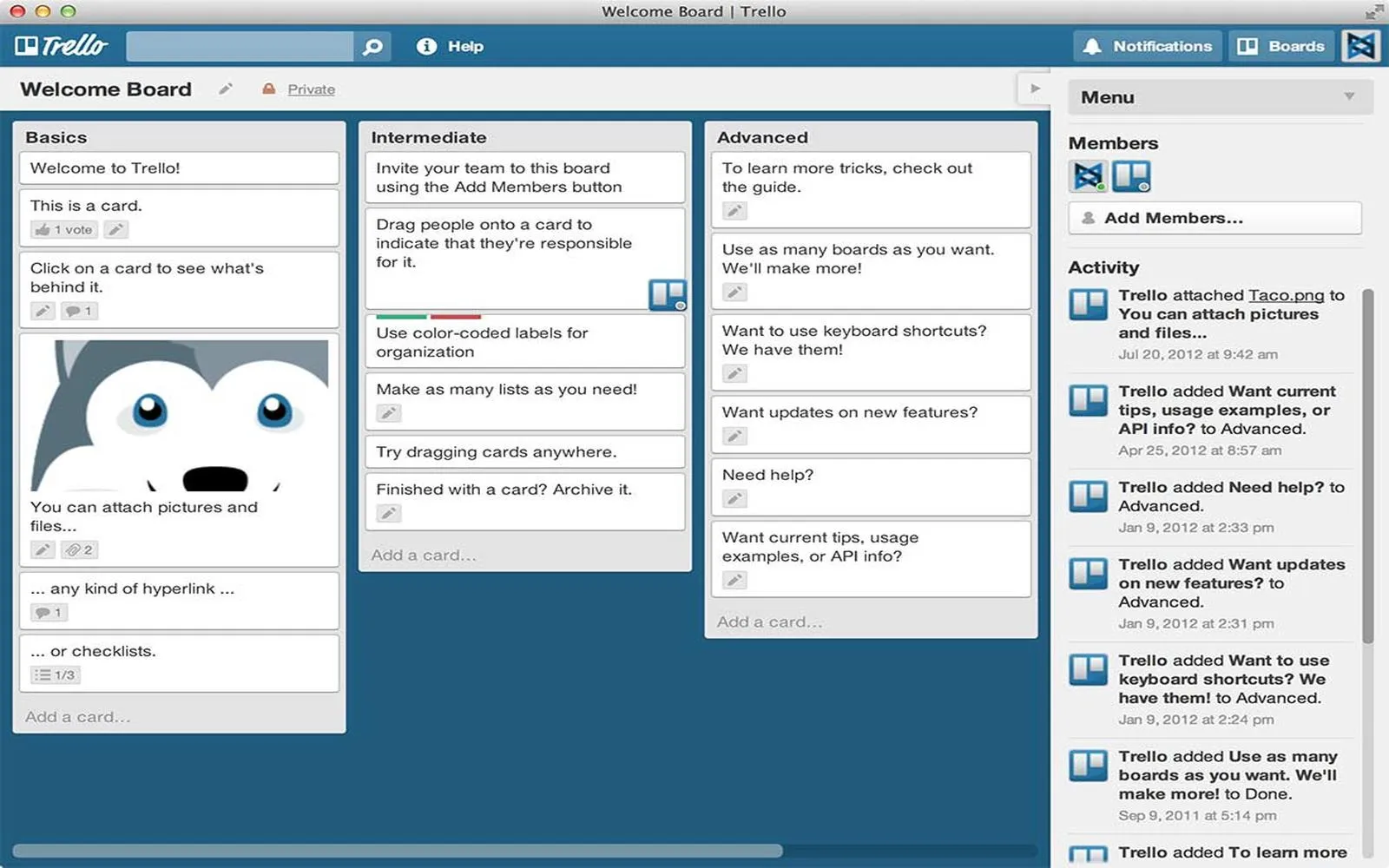In today's fast-paced digital world, communication tools like ''Slack'', ''Zoom'', and other collaboration apps have become integral to our daily workflows. However, just like any technology, these platforms can occasionally go offline, leading to disruptions in productivity and communication. To mitigate the impact of such outages, it's essential to have a robust plan in place. Below, we outline the importance of preparedness and what steps you can take to ensure your team remains connected even when your favorite apps are down.
Understanding Downtime: Causes and Implications
Downtime can occur for various reasons, including server issues, maintenance, software bugs, or even cyber attacks. Understanding these causes can help in developing a proactive approach to minimize disruptions. Here are some common causes of downtime:
| Cause | Description |
|---|---|
| Server Overload | High traffic can overwhelm servers, causing slowdowns or crashes. |
| Planned Maintenance | Scheduled updates can temporarily take services offline. |
| Software Bugs | Unforeseen coding errors can lead to unexpected outages. |
| Cyber Attacks | Malicious attacks can disrupt services and access to applications. |
The Importance of a Contingency Plan
When communication tools like ''Slack'' or ''Zoom'' go offline, teams can face significant challenges. A well-thought-out contingency plan is crucial for maintaining productivity and ensuring that your team can still communicate effectively. Here are some strategies to consider:
1. Identify Alternative Communication Tools
Having backup communication tools can save your team from falling into chaos during an outage. Popular alternatives to ''Slack'' and ''Zoom'' include:
- ''Microsoft Teams'': A comprehensive collaboration tool that integrates with Office 365.
- ''Google Meet'': A reliable video conferencing platform that is part of Google Workspace.
- ''Discord'': Originally designed for gamers, Discord offers robust chat and voice capabilities.
- ''Cisco Webex'': A longstanding player in the video conferencing space with essential features for businesses.
2. Establish Clear Communication Protocols
Define how your team should communicate during an outage. This could involve using personal messaging apps, email, or even phone calls. Make sure everyone is on the same page with the protocol to avoid confusion. A clear communication hierarchy can streamline the process:
| Role | Responsibility |
|---|---|
| Team Leader | Oversees communication; informs team about outages and next steps. |
| Team Members | Follow established protocols and keep each other updated. |
| IT Support | Monitors the status of applications and provides updates. |
3. Regularly Test Your Contingency Plan
It's not enough to simply have a plan in place; you must also test it regularly. Conduct drills where teams simulate an outage and practice using alternative communication methods. This will ensure that everyone is familiar with the procedures and can act quickly if the need arises.
4. Monitor Application Status
Keeping an eye on the status of your communication tools is critical. Utilize websites like ''Downdetector'' or the official status pages of the applications you use to stay informed about any issues. This can help you anticipate problems and activate your contingency plan proactively. Here’s a list of some popular status monitoring tools:
- ''Downdetector'': Provides real-time status updates and user reports.
- ''Is It Down Right Now?'': Checks the status of various websites and services.
- ''StatusPage'': Many companies provide their status updates through this platform.
5. Document Everything
Keep a record of all communication protocols, contact information for backup tools, and any changes made to the contingency plan. Documentation ensures that everyone has access to the information they need during an outage and can be especially useful for onboarding new team members. Consider using a shared document platform like ''Google Docs'' or ''Notion'' for easy access and updates.
Conclusion
In a world where tools like ''Slack'', ''Zoom'', and other collaboration apps are essential for daily operations, it's vital to have a plan in place for when things go offline. By identifying alternative communication methods, establishing clear protocols, regularly testing your plan, monitoring application status, and documenting everything, you can significantly reduce the impact of outages on your team's productivity. Remember, while technology can fail, your preparedness should never waver.





